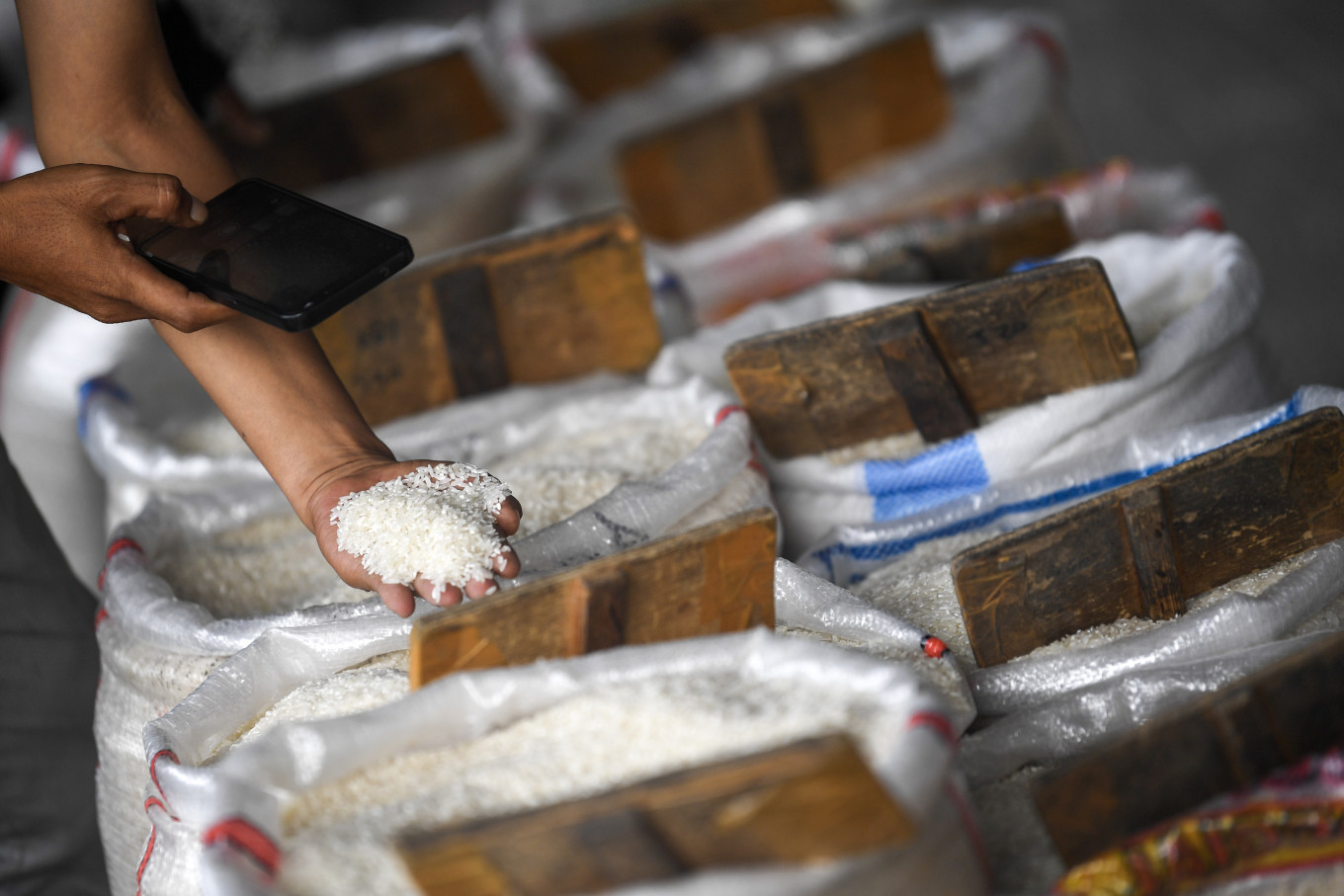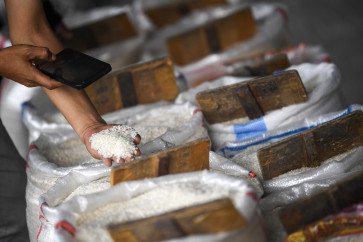Popular Reads
Top Results
Can't find what you're looking for?
View all search resultsPopular Reads
Top Results
Can't find what you're looking for?
View all search resultsDon’t blame ‘Portugal’ for Indonesia’s food and health problems
As the nation’s main staple food, rice is a hot political potato, and the government always sides with consumers rather than our farmers.
Change text size
Gift Premium Articles
to Anyone
“PorTuGal” is a word that increasingly gets mentioned in dinner conversations with families and friends. No, they aren’t referring to the European country with which we have built close connections, it was centuries ago but nonetheless long enough for us to adopt their words like meja and sepatu into our language, or the country with which soccer fans associate Christiano Ronaldo.
“PorTuGal” today gets mentioned for a different reason. It is short for porsi tukang gali, which can be translated as a portion for a construction worker, an expression shouted out whenever someone helps themselves to an excessively generous portion of food, but most particularly rice, on their plate.
That this is gaining traction is a sign of increasing awareness of the need to moderate the amount of rice we eat. In the past, we helped ourselves to the same platefuls of rice, often even getting a second helping, and no one would quibble.
This is also a sign of the time of increasing health consciousness among the more affluent population, whose number keeps growing as Indonesia rises through the ranks of the World Bank’s upper-middle income country classification.
Some of us are also learning that if we are not acually construction workers and eat more rice than our body can process the resulting carbs can get us into all sorts of health problems, from obesity to diabetes, and even stroke and heart attack. As the nation tries to address the problem of stunting caused by malnourishment and undernourishment, we should also pay attention to health problems resulting from overeating among the wealthier population.
Compared with most of our rice-eating neighbors, we are not cutting back our rice intake fast enough. Indonesians still count among the biggest rice-eaters in the world. In 2017, per capita rice consumption was 135 kilograms, meaning on average each one of us eats that much rice every year. The figure is 115 kg for the Philippines, 99 kg for Thailand, a major rice producer and exporter, and 81kg for Malaysia, according to Statista Research Department.
At least, we are already on track, eating less and less rice over the years. From more than 130 kg at the turn of the millennium, per capita rice consumption dropped to 121 kg in 2021 and is projected to fall to 115 kg in 2030, according to a study published by the Center for Indonesian Policy Studies.



















